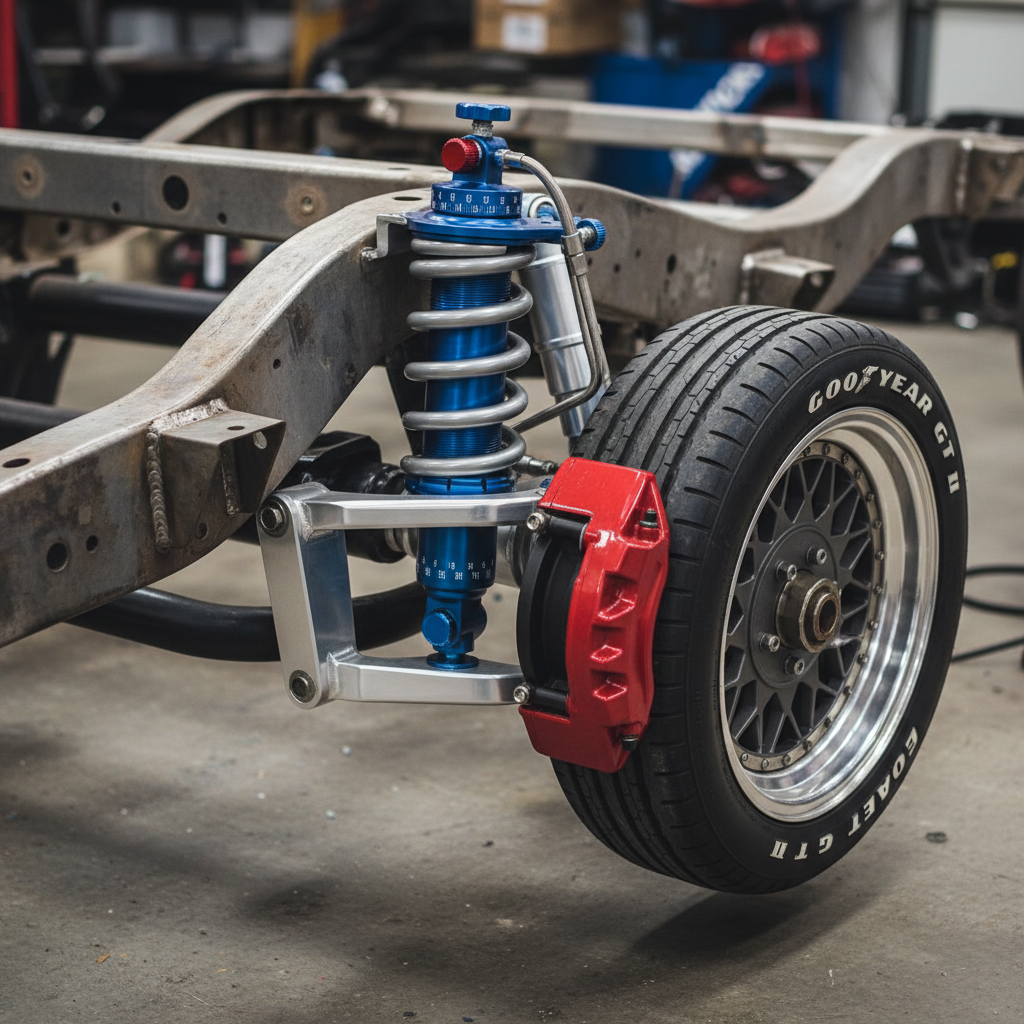Modern Ride, Vintage Look: The Insider’s Guide to Tuning Coilovers, 4-Links, and IRS for Classic Cars in 2025
🔒
Contents
Premium Content Locked
This exclusive content requires viewing a short video advertisement to unlock.

Contents
This exclusive content requires viewing a short video advertisement to unlock.